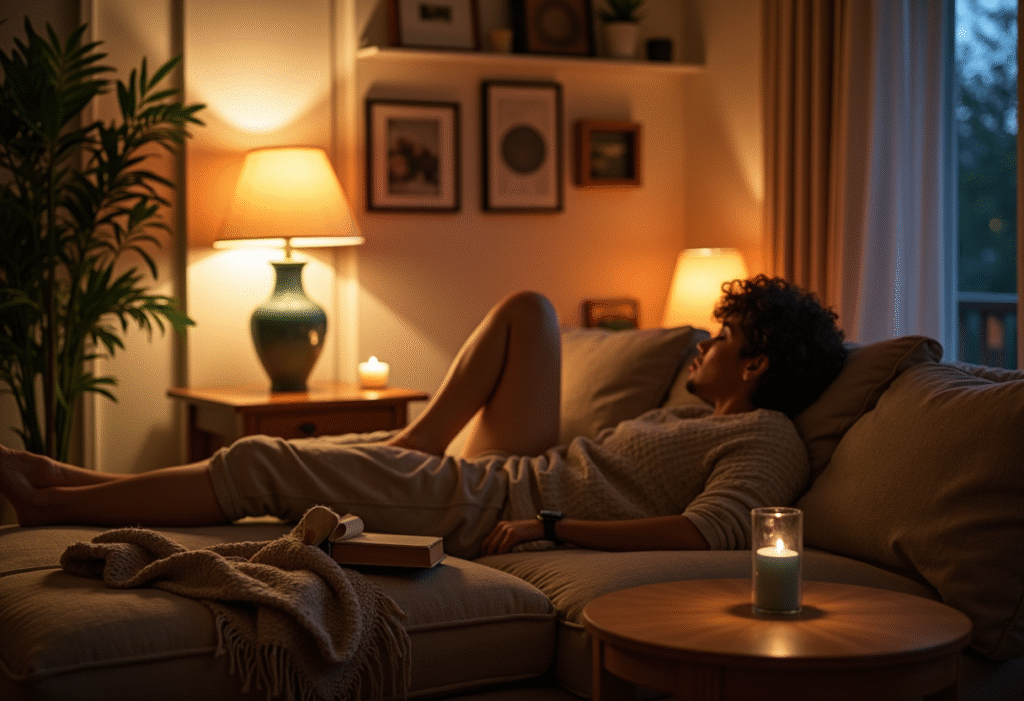In a world where screens never sleep, the need for intentional tech breaks is bigger than ever. Our minds crave moments of quiet–away from constant notifications, endless news cycles, and the pressure which always stay connected. That’s where the power of digital detox for mental wellness comes in: small, intentional pauses from screens to rewire stress and rejuvenate well-being.
Why Does Digital Overload Affect Mental Health?
Excessive screen time, especially on social media and smartphones, triggers increased anxiety, mood swings, and sleep issues for people of all ages. Our brains are not designed to process a constant stream of information. Instead, they flourish with balance: digital engagement paired with tech-free time. Scientific studies show that digital detox periods reduce anxiety and depressive symptoms, boost mood, and restore focus.

What Is Digital Detox?
A digital detox is a conscious break from screens, including smartphones, laptops, tablets, and social media. It can last for hours, a weekend, or be a regular daily ritual. The intention isn’t to abandon technology but to reshape your relationship with it, reclaiming peace and productive focus.
The Hidden Costs of Constant Connection
- Anxiety & Stress: Many find themselves feeling “on edge” or anxious when not checking devices. Science has linked high screen time to elevated cortisol levels (the stress hormone) and mental burnout.
- Mood Changes: People report increased irritability, negative self-talk, and depression after long periods online–especially from comparison scrolling on social media.
- Sleep Loss: Blue light emitted from screens suppresses melatonin production, leading to poor sleep and heightened anxiety the next day.

Why Digital Detox Matters: The Science
Recent studies on college students and adults reveal that those who take regular digital breaks report better mental wellness outcomes—less anxiety, deeper sleep, better attention, and even stronger real-world relationships. Digital rest isn’t a luxury; it’s a necessity for everyone in today’s non-stop digital age.
“Digital detox allows for a restoration of cognitive resources, influences neurotransmitter regulation, and contributes to reduced depressive feelings,” notes a 2025 systematic review.
How to Start Your Digital Detox (Simple, Science-Backed Steps)
1. Define Screen-Free Times
Pick daily “device-free hours”—during breakfast, after dinner, or while winding down for sleep. Protect these times like any wellness ritual. Even short breaks (10–20 minutes/day) positively impact mood and energy.
2. Create Tech-Free Zones
Designate spaces like bedrooms, dining tables, and work desks where screens aren’t allowed. Replace devices with books, journals, plants, or calming decor to cue offline relaxation.
3. Turn Off Non-Essential Notifications
Disable or limit push notifications on apps, keeping only urgent messages or calls. This frees your attention from feeling “on call” for every ping or buzz.
4. Substitute, Don’t Just Eliminate
Fill detox time with activities that nourish your mind—stretching, nature walks, creative hobbies, in-person conversations, or journaling. Self-care away from screens builds lasting resilience.

5. Use Screen Time Tools
Most smartphones now offer app limits and screen time trackers. Use these to set maximal social media or entertainment hours, providing neural feedback and self-accountability.
6. Practice Mindful Disconnection
Pair digital breaks with mindful practices such as conscious breathing, gratitude journaling, or brief meditation. These anchor your break and reset your mind for calm and creativity.

Real-Life Impact: Success Stories
After just a few weeks, most people report these shifts:
- Sleeping more soundly, feeling restored in the morning
- Being less reactive to stress and daily worries
- Enjoying deeper, more satisfying in-person relationships
- Rediscovering old hobbies (reading, music, cooking) that bring real joy
- Noticing increased focus and motivation for work and self-growth
Troubleshooting: Overcoming Digital Detox Barriers
- Withdrawal: Expect discomfort at first—minds accustomed to constant pings will crave stimulus. Replace old habits with new cues (tea, stretches, music) and celebrate every small win.
- Accountability: Share your detox plan with friends or family. Group digital breaks keep the commitment strong and make the journey fun.
- Sustainable Change: Rather than a one-time cleanse, embed small digital breaks into each day. Progress—not perfection—is the goal.
Brand Prosperity Through Digital Wellness
For brands and communities, promoting digital detox practices (mealtime detox challenges, mindful tracker PDFs, “phone-free” event pledges) creates deeper bonds, authentic engagement, and sustainable loyalty. Consider offering visual guides and community challenges to champion mental health as part of your movement.
Conclusion: Reset Your Mind, Reclaim Your Life
Every digital pause is a step toward greater clarity, inner peace, real connection, and creative vitality. Begin by scheduling one device-free hour this week. Notice the difference in sleep, focus, and social energy. In an always-on world, the power to recharge and thrive rests in intention, not technology.
Ready to unplug and thrive? Your best mental wellness starts with a single, mindful screen break. Start today–the change is in your hands.
